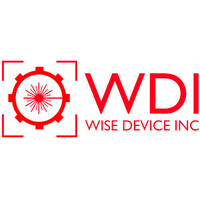
DJM Controls Inc
At DJM Controls Inc. we believe that a well designed and implemented control system can be critical to the overall efficiency of plant equipment and processes. A key factor to this is having the ability to have flexibility in the designs and related software, based on knowledge and experience, and the required business sense to truly understand the needs of our clients. We have collectively over 50 years of experience implementing control system design and software solutions across a breadth of industries and technologies. Added to this is a strong understanding of business organizational and strategic issues which enables us to develop solutions that are business driven as well as technology driven.






